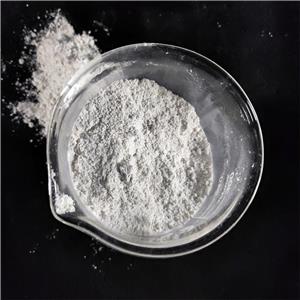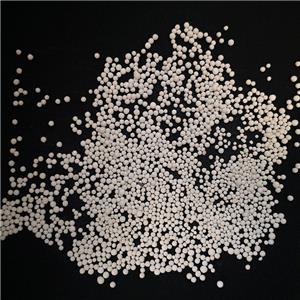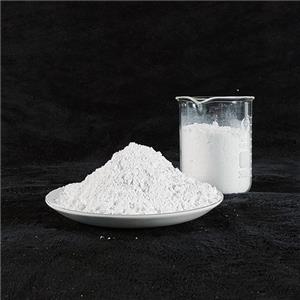Overview of basic knowledge of oil absorption value of filler powder
First, the concept of oil absorption value of powder
Oil absorption value, also known as resin adsorption, represents an index of resin absorption by filler. In practice, oil absorption value is used to roughly predict the resin demand of most fillers. The same particles of the filler, with a gap than without a gap of the filler particle oil absorption value is higher, so the oil adsorption capacity of the filler in the resin can be increased. Oil absorption value is usually expressed as the mass of linseed oil required for 100g of pigment (% or g/100g). That is, the minimum amount of oil per 100g of pigment required to achieve complete wetting.
OA = linseed oil /100g pigment
There are many factors affecting the oil absorption value of powder, such as the compactness of its structure. At the same time also with its surface morphology, particle size distribution and other related pigment particles, the larger the surface area, the narrower the distribution, the higher the oil absorption value. The cylindrical type has a higher oil absorption value than the needle type, while the needle type has a higher oil absorption value than the spherical type because of the larger void ratio between them. In addition, the oil absorption value also has a great relationship with the proportion of the powder, the larger the proportion of the powder, the lower the general oil absorption value.
Second, the determination method of oil absorption value
In 100 g of pigment, linseed oil to a trickle, and mixed with a scraper, started to join oil as pigments are still in a state of loose as linseed oil to join in a row, finally can make all the pigment binder together into a spherical, if continue to refuel, system will become loose, at this time the amount of linseed oil is the oil absorption value of the pigment.
Summary: the oil absorption value has important guiding significance to the choice of filler, which directly affects the cost and processing performance of the mold. The oil absorption value of filler is large, and the consumption of resin is increased, which increases the cost virtually. The oil absorption value rises, the viscosity of the resin rises immediately, which will seriously affect the impregnation of the fiber, and even change the rheological properties of the mold, so that its molding process performance becomes poor. In the paint industry, the oil absorption value is mainly used to estimate the amount of adsorption of the powder on the resin, that is, the volume concentration of pigment and resin in the paint (PVC). The size of the oil absorption value of the powder has a great influence on the performance of the film, but also on the viscosity of the production of the coating is also a great influence in the film drying process, the resin should not only be completely coated on the surface of the powder, but also fill in the gap between the particles, when the oil absorption value of the powder is large, you need more resin to complete these functions, So the oil absorption value of powder is a very important factor affecting the film. In order to reduce the moisture absorption of filler powder to resin and improve the use of filler, usually surface treatment of filler powder. For example, the surface of calcium carbonate can be coated with a layer of fatty acid, resin, etc., which is also called modified powder after surface treatment.




